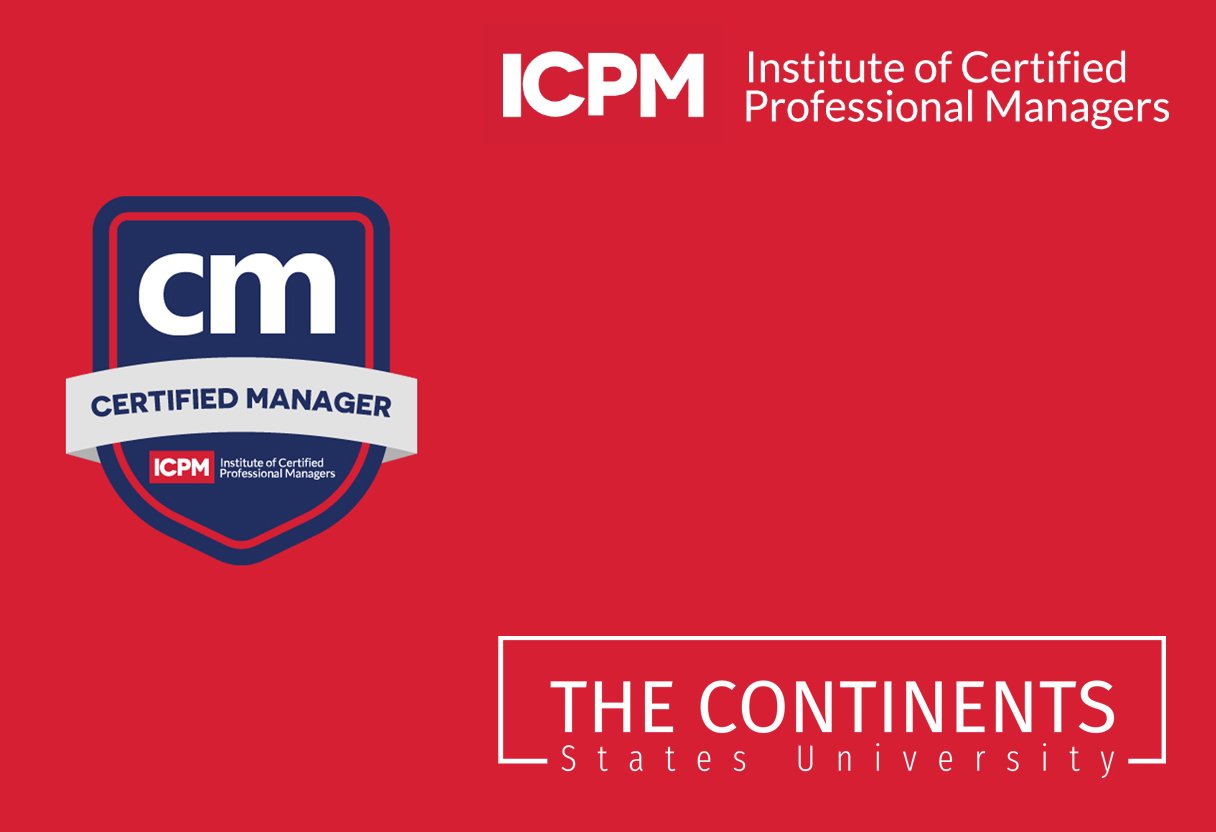Did you know that the cost of studying abroad can vary significantly depending on the country you choose? For Filipino students aspiring to pursue higher education, it is crucial to weigh the financial implications of studying in Canada versus the USA. Understanding the cost differences between these two popular destinations is essential for making an informed decision about your education abroad.
Key Takeaways:
- Comparing the cost of studying in Canada and the USA is important for Filipino students.
- Tuition fees in Canada are generally lower on average than in the USA.
- Consider the cost of living, including housing, food expenses, and transportation.
- Explore scholarship and financial aid opportunities in both countries.
- Healthcare expenses and insurance requirements should be taken into account.
Cost of Tuition
In both Canada and the USA, the cost of tuition can vary depending on the university and program. However, according to the sources, on average, tuition fees in Canada are generally lower compared to the USA. It is important to research and compare the specific tuition fees of the universities you are interested in to get a more accurate understanding of the cost difference.

Understanding the Cost Difference
When planning to study abroad, it is essential to consider the cost of tuition as one of the significant expenses. Tuition fees cover the academic program, instructional materials, access to university facilities, and academic support services. While the cost of tuition can vary significantly between universities and programs in both Canada and the USA, there is a general trend of lower tuition fees in Canada.
By choosing to study in Canada, international students can potentially save on tuition fees, making their education more affordable. This cost advantage can be a deciding factor for many students, especially those seeking quality education while minimizing study expenses.
It is important to emphasize that the cost of tuition should not be the sole determining factor in making a decision about where to study abroad. Other considerations, such as the reputation of the universities, program offerings, location, and lifestyle, should also play a significant role in your decision-making process. Furthermore, it is crucial to research and compare the specific tuition fees of the universities and programs you are interested in, as individual institutions may have unique fee structures.
Next, we will dive deeper into the cost of living, where we will explore the expenses associated with housing, food, transportation, and other daily necessities in Canada and the USA.
Living Expenses
When considering the overall cost of studying abroad, it is important to take into account the cost of living. According to the sources, the cost of living in Canada is generally lower compared to the USA. This includes expenses such as housing, food, transportation, and other daily necessities. Researching and comparing the cost of living in different cities in both countries can give you a better idea of the financial aspect.
Living expenses play a significant role in determining the affordability of studying in Canada or the USA. Housing costs can vary depending on factors like location, accommodation type, and amenities. In Canada, both on-campus and off-campus housing options are available, including dormitories, apartments, and homestays. Researching the housing market in cities you are considering can help you understand the rental prices and availability.
Food expenses are another important aspect of the cost of living. The cost of groceries, dining out, and meal plans at universities may differ between Canada and the USA. It’s advisable to budget for these expenses and explore cost-saving options such as cooking at home or utilizing on-campus meal plans.
In addition to housing and food, transportation costs should be taken into account. Each country has its own public transportation systems, and the cost of commuting may vary. It’s worth researching the availability and pricing of public transportation in your desired study location.
Understanding the overall cost of living in both Canada and the USA will enable you to make a more informed decision regarding your international education. Taking into consideration factors such as housing, food expenses, transportation, and other daily necessities will help you plan your finances and ensure a comfortable student life.
Scholarships and Financial Aid
Both Canada and the USA offer study scholarships, education grants, and financial assistance to international students. These opportunities can help offset the cost of studying abroad and make it more affordable for students from the Philippines.
When considering scholarships, it is important to explore the various options available in each country. Canadian universities, such as the University of Toronto, offer scholarships specifically designed for international students. These scholarships can cover tuition fees, living expenses, or both. Studying in Canada is also made more accessible through government-funded programs like the Vanier Canada Graduate Scholarships, which provide financial support for doctoral students.
In the USA, institutions like Harvard University and Stanford University provide scholarships and financial aid opportunities for international students. The Fulbright Foreign Student Program, sponsored by the U.S. Department of State, is another notable scholarship program for students from the Philippines pursuing higher education in the USA.

Additionally, it is important to research and inquire about scholarships and grants offered by specific universities. Many universities have their own scholarship programs tailored to support international students. These scholarships may have specific eligibility requirements, so be sure to review the application criteria and deadlines.
Applying for study scholarships and education grants can significantly reduce the financial burden of studying abroad. By taking advantage of these opportunities, Filipino students can pursue their academic aspirations without being limited by financial constraints.
Healthcare Expenses
When studying abroad, it is crucial to consider healthcare expenses to ensure you have the necessary medical coverage. In both Canada and the USA, international students are required to have health insurance. The cost of medical insurance can vary depending on the province in Canada and the university or healthcare plan chosen in the USA.
To make informed financial decisions, it is important to research and understand the healthcare system and associated costs in both countries. Budgeting for medical insurance and healthcare costs will ensure that you have the necessary coverage to protect your well-being while studying abroad.
Medical insurance not only provides financial protection but also ensures access to quality healthcare services. In the event of illness or injury, having adequate health coverage can alleviate the burden of high healthcare costs and provide you with peace of mind during your studies.
Take the time to explore the medical insurance options available to international students in both Canada and the USA. Familiarize yourself with the coverage details, limitations, and any additional requirements that may be applicable to your situation. Understanding the healthcare expenses involved will help you plan your budget effectively and make the most informed decision regarding medical coverage.
By prioritizing your health and well-being and taking the necessary steps to secure appropriate medical insurance, you can focus on your studies and have peace of mind during your time abroad.

Work Opportunities
Both Canada and the USA offer work opportunities for international students, allowing them to work part-time while pursuing their studies. Engaging in part-time employment can help alleviate some of the financial burdens and provide valuable work experience. It is essential, however, to familiarize yourself with the specific regulations and restrictions surrounding work permits and eligibility for international students in each country.
Researching the availability and types of part-time jobs in the area where you plan to study can also give you insights into the potential income possibilities. Utilize online job boards, university career services, and local employment agencies to explore various student employment options.
While student employment can assist with covering living expenses and provide valuable professional experience, it is crucial to strike a balance between work and academics to ensure academic success. Make sure to manage your time effectively and prioritize your studies while also maximizing the opportunities for part-time work.
Image: Part-Time Job Opportunities

Currency Exchange Rates
When comparing the cost of studying in Canada and the USA, another significant factor to consider is the currency exchange rate. Fluctuations in currency rates can have a significant impact on the overall cost of tuition, living expenses, and any other expenses incurred while studying abroad. It is essential to monitor exchange rates and plan accordingly to mitigate any potential financial challenges.
The foreign exchange rate determines the value of one country’s currency in relation to another. For example, if you are a Filipino student studying in Canada, you will need to convert your Philippine Peso (PHP) to Canadian Dollars (CAD). The exchange rate between these two currencies can fluctuate daily due to various factors such as economic conditions, interest rates, and geopolitical events.
The currency exchange rate directly affects the amount of money you will need to convert to cover your tuition fees, living expenses, and other financial obligations while studying abroad. When the exchange rate is favorable, you will be able to get more of the foreign currency for each unit of your home currency. However, if the exchange rate is unfavorable, you may receive less foreign currency for each unit of your home currency.
For example, if the exchange rate is 1 CAD = 39.50 PHP, and you need to convert 100,000 PHP to CAD, you will receive approximately 2,531 CAD. However, if the exchange rate changes to 1 CAD = 38.50 PHP, you will receive approximately 2,597 CAD for the same amount of PHP. This shows how changes in exchange rates can significantly impact the amount of money you will have for your studies.
To mitigate the impact of exchange rate fluctuations, it is advisable to monitor currency exchange rates regularly. You can use reputable financial websites, currency exchange platforms, or consult with your bank for real-time exchange rates. By planning ahead and converting your currency when the rates are favorable, you can potentially save money and manage your study abroad expenses more effectively.
It is also essential to consider the fees associated with currency conversion. Banks and currency exchange providers may charge fees or impose unfavorable exchange rates, affecting the overall amount you will receive in the foreign currency. Therefore, it is wise to compare different currency exchange options and choose the one that offers competitive rates and minimal fees.
In conclusion, stay informed about currency exchange rates and consider their impact when comparing the cost of studying in Canada and the USA. By understanding the fluctuations and planning accordingly, you can make more informed financial decisions and manage your study abroad expenses effectively.
Conclusion
When considering the study abroad decision between Canada and the USA, it is essential to conduct a thorough cost comparison. While tuition fees tend to be lower in Canada on average, it is crucial to take into account other financial factors. These include living expenses, scholarships, healthcare costs, work opportunities, and currency exchange rates.
By evaluating your personal financial situation, academic goals, and preferred study environment, you can make an informed decision that aligns with your needs. Research the specific tuition fees, cost of living, and healthcare requirements in both countries to better understand the expenses involved. Explore the scholarship and financial aid opportunities available to international students in each country to potentially offset the costs.
Additionally, consider the work opportunities for international students, as part-time employment can help alleviate some of the financial burden. Lastly, keep an eye on currency exchange rates to effectively manage your finances.
In conclusion, while cost is an important factor, it should not be the sole determinant of your study abroad decision. Consider the overall value and quality of education, cultural experiences, and career prospects in both Canada and the USA. Ultimately, choose a destination that offers the best fit for your academic and personal growth.


